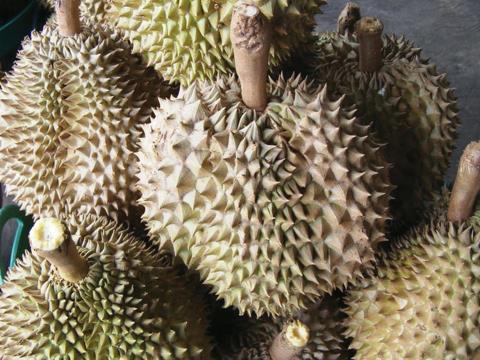Trade of agricultural products including fresh fruits has steadily increased since the agreement in 2022

Fruit trade between China and Asean countries has increased in recent years, aided by the implementation of the Regional Comprehensive Economic Partnership (RCEP) in 2022, according to reporting from People’s Daily.
Gao Lingyun, a researcher at the Institute of World Economics and Politics of the Chinese Academy of Social Sciences told the publication the full implementation of RCEP has continuously delivered policy results, significantly reducing trade costs. Policies such as rapid inspection and quarantine through the RCEP have also promoted the circulation of fruits and other agricultural products throughout the region.
In the first 11 months of 2023, China imported a total of Rmb46.61bn (US$6.57bn) of fresh durians from RCEP member countries such as Thailand and Vietnam – 1.7 times more than the same period of 2021, before the agreement took effect.
This growth has continued into this year. Pingxiang, the largest port city for fruit trade between China and Asean, saw nearly 1.65m tonnes of fruit imported and exported in the first half of this year, up 15.36 percent year on year according to People’s Daily.
The publication added that China is currently the largest export market for Vietnamese agricultural products and Vietnam is the largest supplier of durians and fresh bananas to the Chinese market.
China is also a major destination for Thai fruits. In the first seven months of this year, Chinese e-commerce platforms reported a 48.6 per cent increase in sales of Thai durian, said People’s Daily.
The governor of Thailand’s Chanthaburi Province Monsit Paisarnthanawat told People’s Daily the development of the fruit industry has created a large number of job opportunities in Thailand.
“We look forward to more and closer cooperation with the Chinese market,” Paisarnthanawat said.
In addition to the benefits attributed to the RCEP, Lingyun told the publication that improved infrastructure connectivity, the upgraded cross-border logistics system, and the diverse choices of Asean fruits available to Chinese consumers have also contributed to the increase in trade.
These improvements include the New International Land-Sea Trade Corridor and the China-Laos Railway as well as updated cold chain and refrigeration facilities in the region.
As of August 2024, the China-Laos Railway has transported over 43m tonnes of goods, including 13,000 tonnes of Thai durians, bananas, and other fruits carried by cold chain carriages, according to People’s Daily.
The publication said China is working to widen market access, enhance customs clearance facilitation, and establish trading platforms to further drive the growth of fruit trade with ASEAN.



